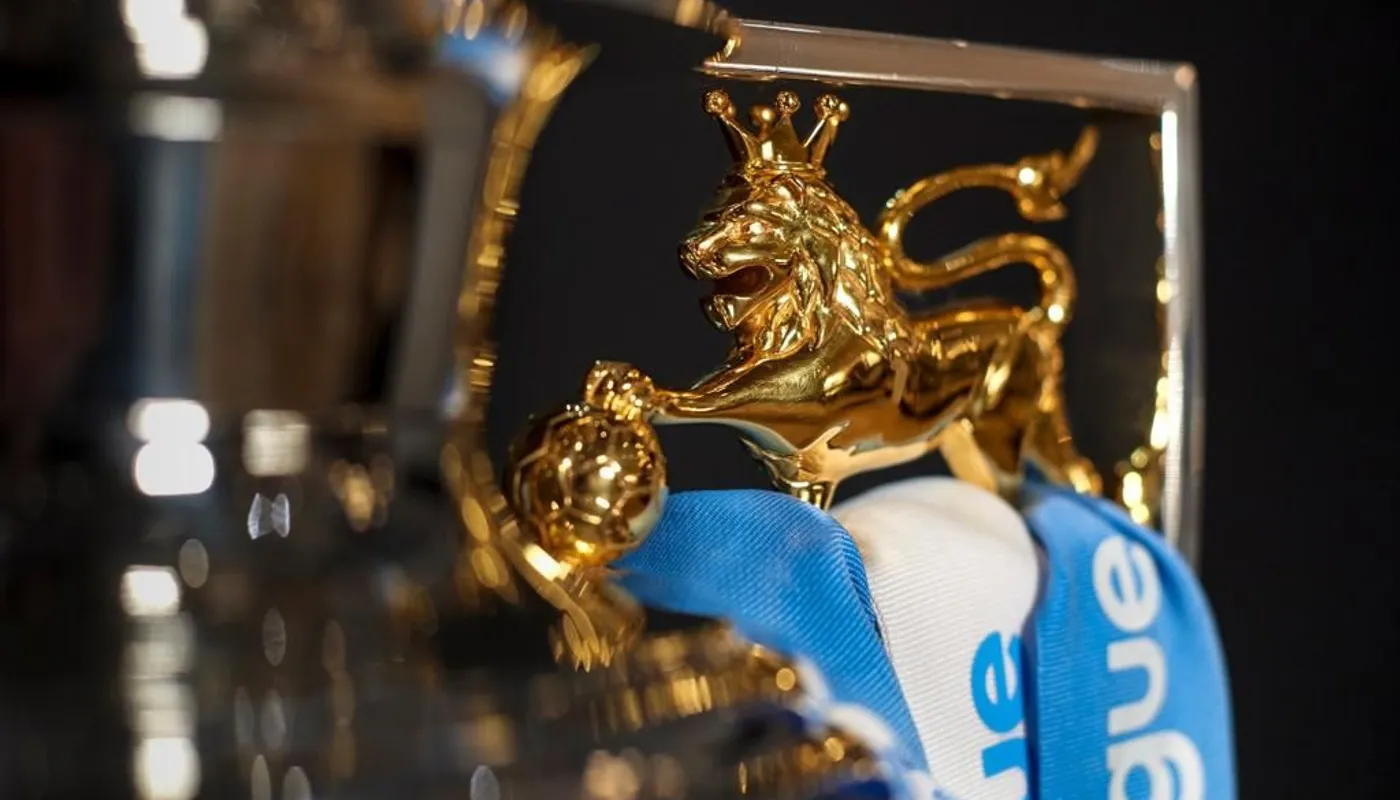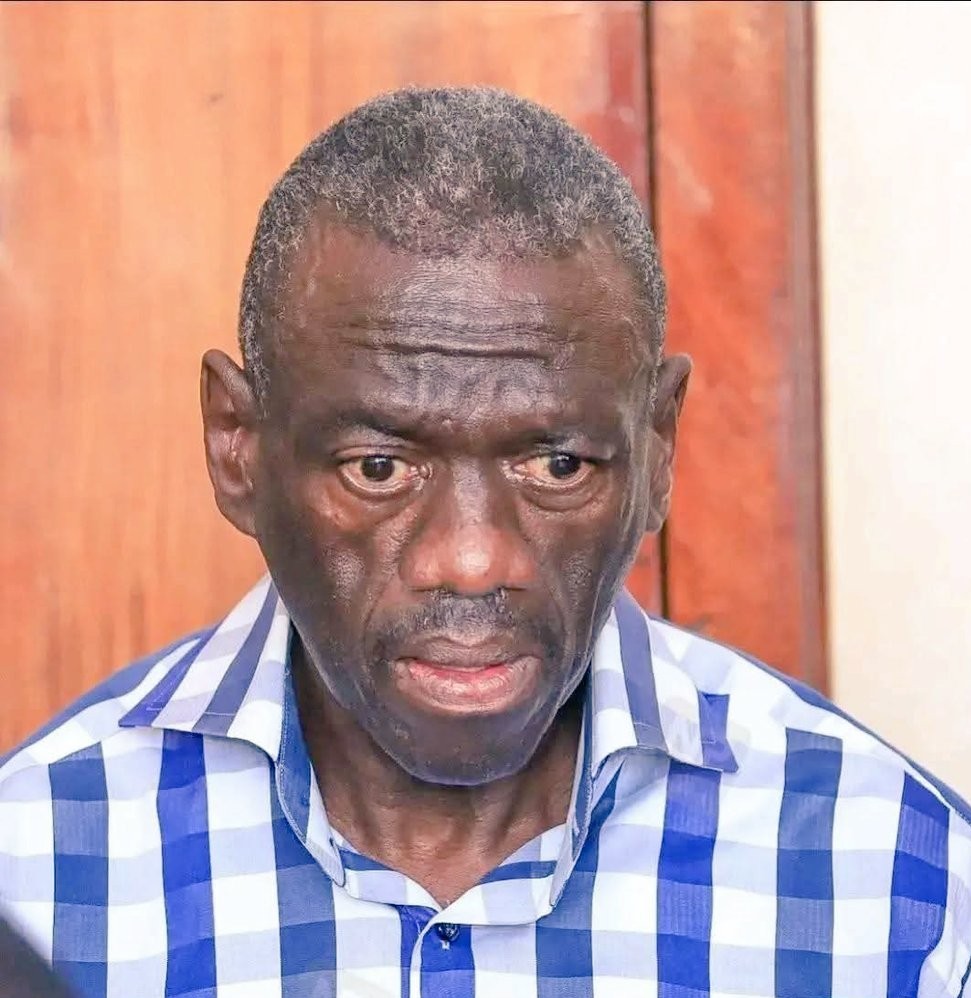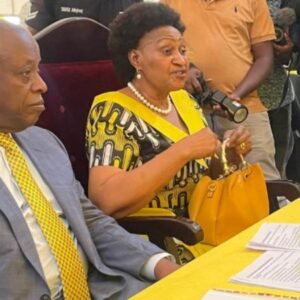Pope Francis returned to the Father on Easter Monday at 7:30am in his residence and it has been confirmed by the Director of Health and Hygiene Directorate of the Vatican City, Andrea Arcangeli that he passed on due to a stroke, coma, and irreversible cardiovascular collapse. He will be buried on Saturday, 28th April at 11:00 (GMT+3)
The world’s eyes are now on the Princes of the Church – Cardinals who constitute a special college whose prerogative it is to elect the Roman Pontiff [Can. 349]. While all the 252 cardinals are invited to participate in the daily meetings prior to the election, only 138 who are under the age of 80 will enter the Conclave to elect the new pope as established by Pope Paul VI in the Motu Proprio Ingravescentem aetatem of 21 November 1970. It will be the first time we shall have a large number of Cardinals in the Conclave
Who are the Cardinals
Cardinals are bishops or Archbishops leading dioceses and archdioceses around the world. Others are titular bishops who are former or current officials within the Roman Curia. A very small number of priests are recognised for their service but they are required to be consecrated as bishops before they are made Cardinals. This was established by Pope John XXIII with the Motu Proprio Cum gravissima of 1958.
Key members of the College of Cardinals (formed in 1150) are the Dean of Cardinals, who summons the Conclave, and the Camerlengo, who, on the Pontiff’s death, handles the administration affairs of the Holy See but doesn’t make key decisions. The Dean of the Cardinals is His Eminence Cardinal Giovanni Battista Re, and the Camerlengo is His Eminence Kevin Joseph Cardinal Farrell.
Who can be a Pope after Pope Francis
Eligibility stands at being a baptized male Roman Catholic. It will be unlikely that we shall have a non-Cardinal elected Pope. The last time it happened was in 1378 when Bartolomeo Prignano was elected as Pope Urban VI. For centuries, Cardinals have always elected one of their own. This implies that the next Pope is in the 138 Cardinals.
Of the 138 electors, 110 were appointed by Pope Francis with a higher presentation from Asia, Africa and Latin America. This presents a possibility of having a Pope from these regions.
The pope to be elected must have obtained two-thirds majority. If it so happens that after 33 rounds, there is still no decision, the top two candidates face off in a run-off vote. This has not happened in the recent times as the election of the last three popes has been relatively quick. In 1271, Pope Gregory X was elected after nearly 3 years.
Article by Nashaba Victor






